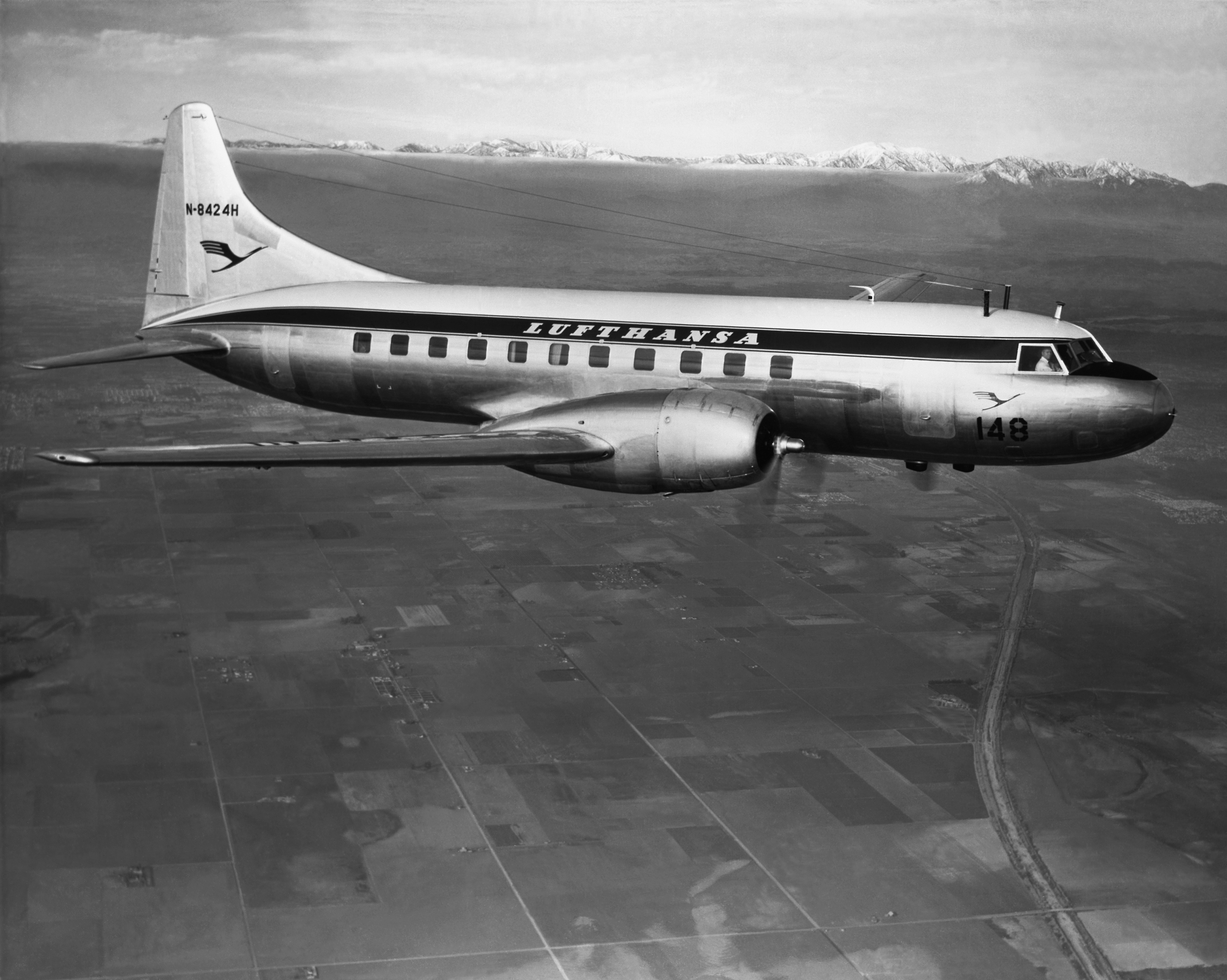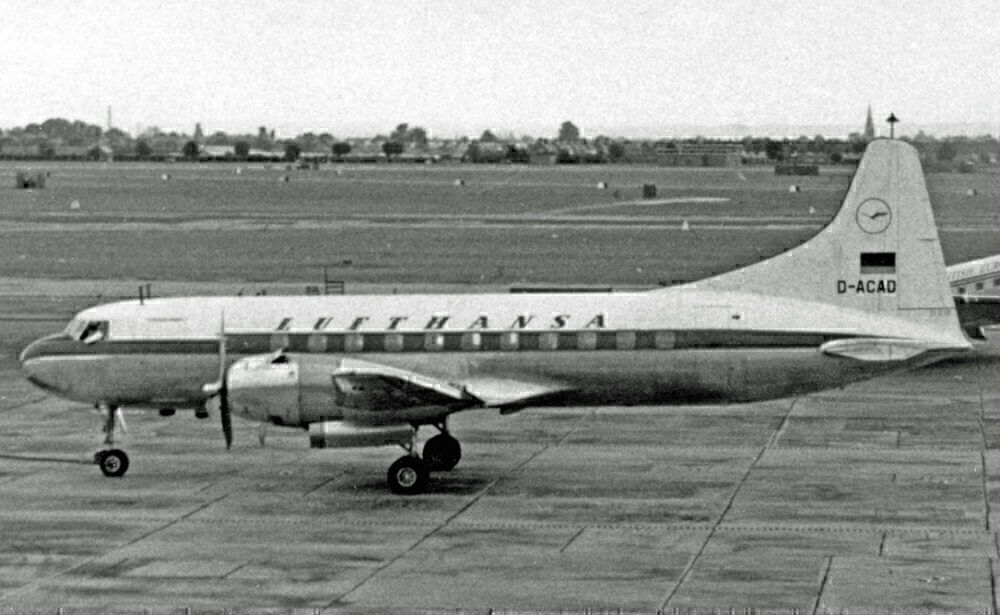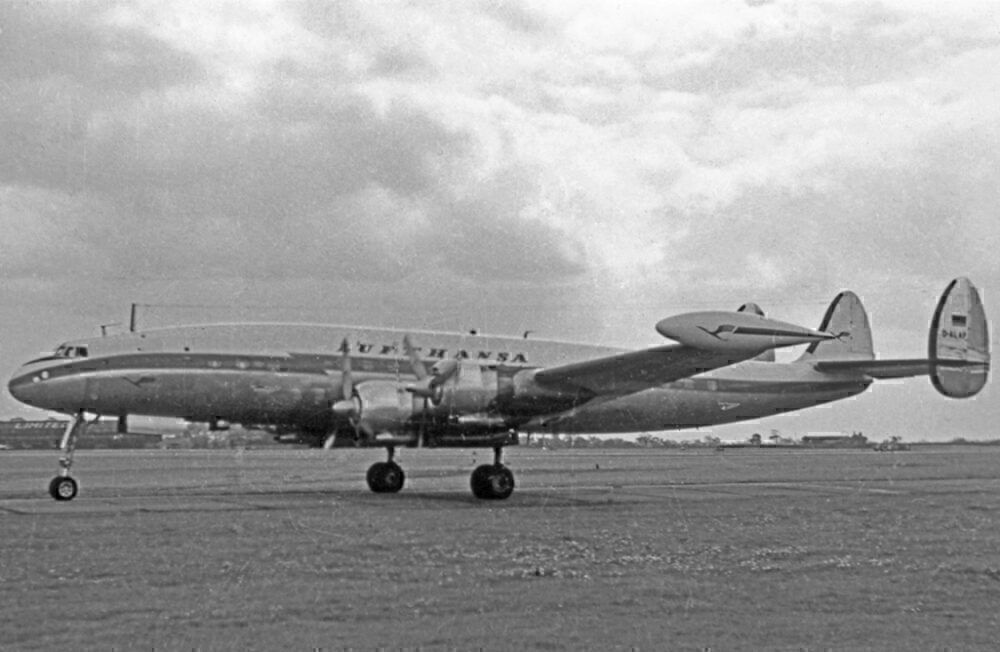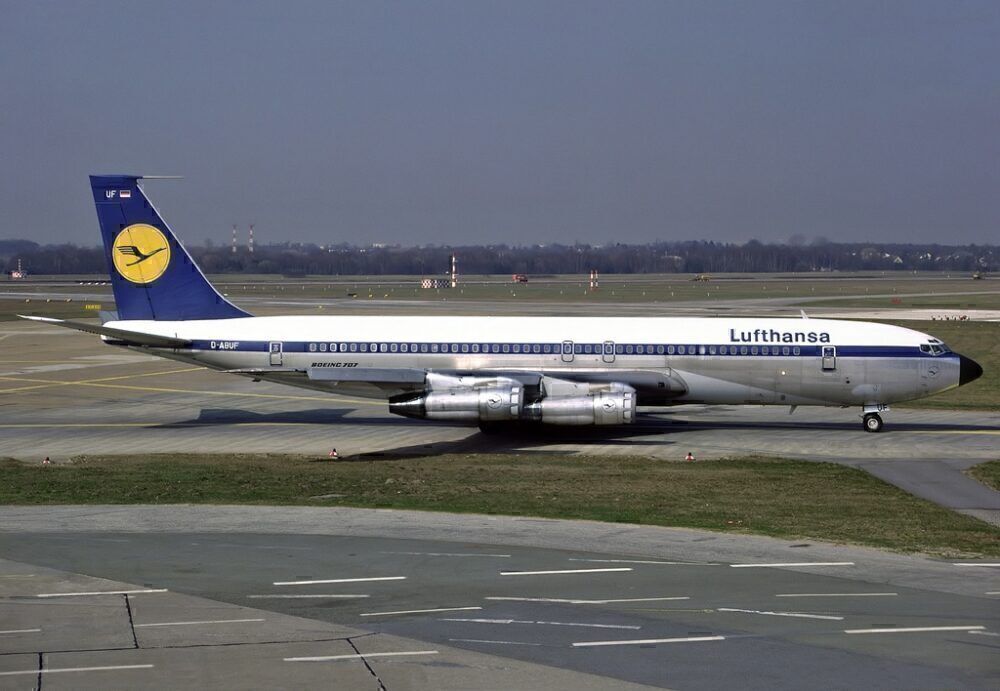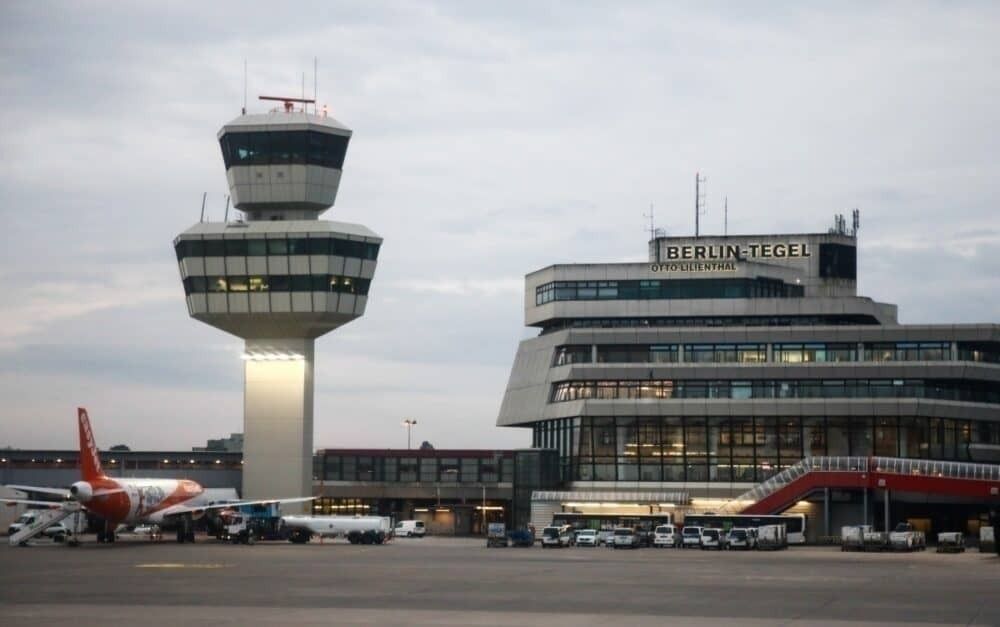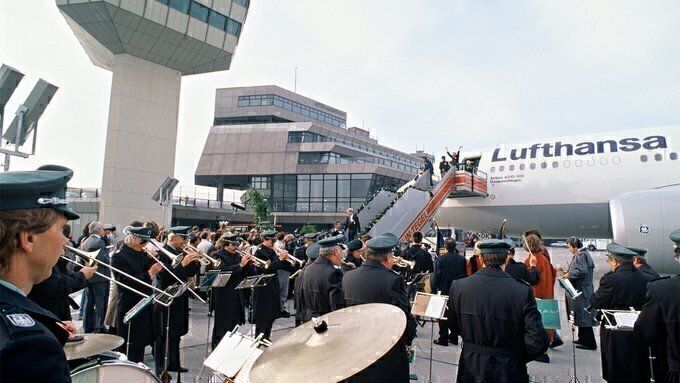Lufthansa is the largest airline in Germany, and when considered as the Lufthansa Group, it is the second-largest airline in Europe (after Ryanair). It does not have as a long history as some historic airlines, for example, KLM or Air France. The airline as we know it today did not start flying until 1955, many years after the Nazi defeat in Germany.
Luft Hansa AG before 1945
Germany, of course, had a national airline before the Second World War. Deutsche Luft Hansa AG was formed in 1926, following the lifting of restrictions imposed by the Treaty of Versailles. It operated from Berlin, both domestically and within Europe. It expanded service to China and the Americas during the early 1930s.
Civilian flights ended with the outbreak of the Second World War in 1939, and aircraft transferred to military control. Following the Nazi defeat, operations ceased. During the Allied occupation of Germany, Deutsche Luft Hansa was dissolved.
Stay informed: Sign up for our daily and weekly aviation news digests.
Creating the new Lufthansa in 1953
Efforts to re-start the airline began in 1953. “Aktiengesellschaft für Luftverkehrsbedarf” (Luftag) was founded in Cologne in January 1953, but it did not start services immediately. In August 1954, it bought the name and other intellectual property from the liquidated original Luft Hansa airline and became known as "Deutsche Lufthansa Aktiengesellschaft” (Deutsche Lufthansa Stock Company.
The new Lufthansa began flights in 1955. Its first aircraft were two Convair CV-340s, and these served several German cities (including Cologne, Hamburg, Frankfurt, Munich, and Dusseldorf) from April 1st, 1955.
International flights started quickly after the founding. Within its first month of service, it took delivery of its first Lockheed Super Constellation and began service to New York in June 1955.
And service improved soon after as Lufthansa quickly entered the jet age. The airline introduced the Boeing 707 in 1960. With this, it moved its main base from Hamburg to Frankfurt (and set up jet maintenance facilities there). The 707s soon started service on the Frankfurt to New York link, which remains a flagship route for the airline today.
Lufthansa did not serve Berlin until 1990
Frankfurt has long been Lufthansa's main hub, as it remains today. To many, it may seem strange that the airline is not based in the capital city, Berlin, as is common with most airlines. It is even stranger then when you consider that Lufthansa first served the city only in 1990.
The reason for this was due to the status of Berlin following the Second World War. After the war, the city (although in East Germany) was divided into sectors controlled by the Americans, Russians, British and French. Since 1945, the United States, the Soviet Union, Britain, and France were permitted to fly into Berlin, but not West Germany-based Lufthansa.
Following the reunification of Germany in 1990, Lufthansa could operate to and from Berlin for the first time. Its first scheduled flight to Tegel Airport was on 28th October 1990, just around a month after reunification. The flight was operated by a Lufthansa Airbus A310 registered as D-AIDK.
Tegel remained well served by Lufthansa for the next 30 years, until it closed in November 2020, with operations transferring to the new Brandenburg Airport.
Would you like to share any more details or thoughts on the founding and early days of Lufthansa? Let us know in the comments.

